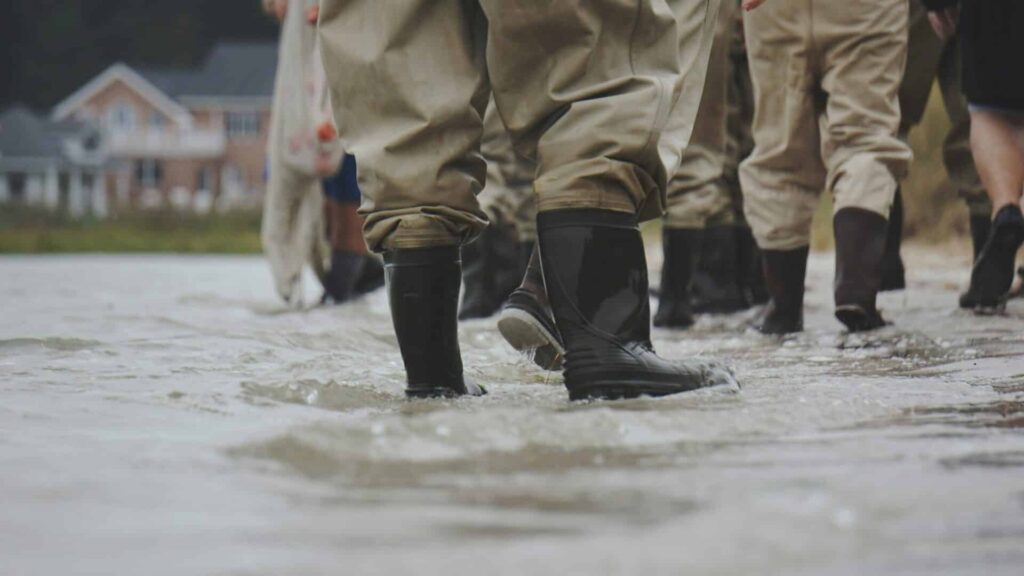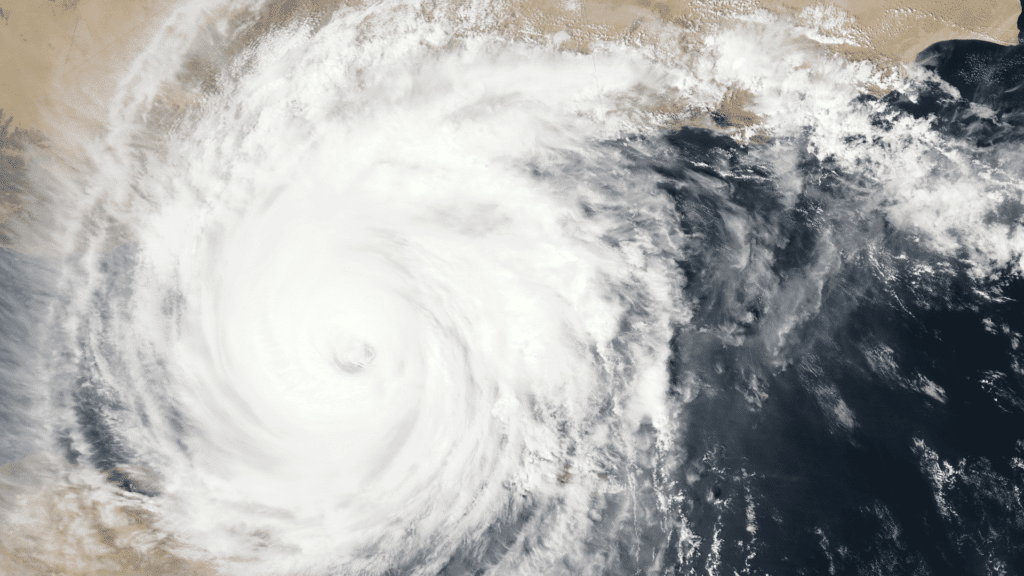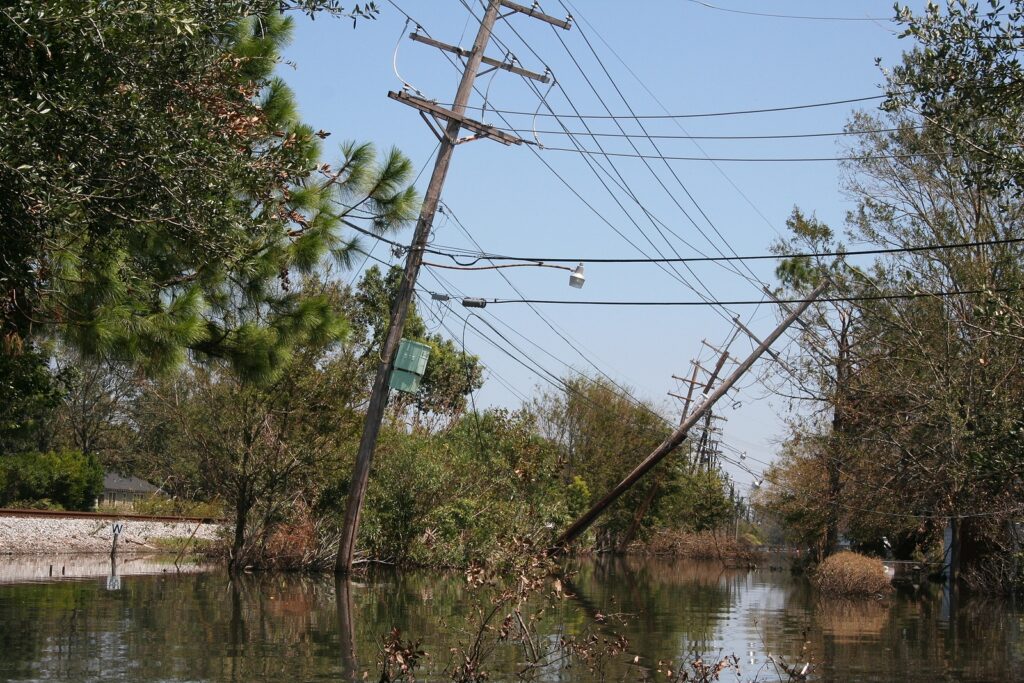In Texas, hailstorms cause nearly $1 billion in damages each year. Is your roof ready for the next big one?
San Antonio residents know that hail isn’t just an occasional nuisance—it’s a serious threat to property. From cracked windows to totaled vehicles, few parts of a home or commercial building are spared. But perhaps nothing takes a beating quite like your roof.
As a property owner or manager, one of the smartest preventative decisions you can make is choosing the right roofing material. The big debate? Metal roof shingles vs. traditional asphalt.
In San Antonio, hail is more than a seasonal inconvenience—it’s an expensive, stress-inducing reality. Choosing the wrong roof can leave you battling not just storm damage, but also denied insurance claims and unplanned expenses.
With a specific focus on metal roof shingles, we’ll dive into practical solutions that can prevent thousands of dollars in future repairs—and the headache of fighting your insurance company.
What We’ll Cover:
- The key differences between metal and asphalt shingles in hail conditions
- How roofing material influences home insurance claims and payouts
- Warning signs and problems to watch for after a hailstorm
- Actionable steps for choosing and maintaining a hail-resistant roof
- Costly mistakes and how to avoid them
- The future of roofing technologies and insurance standards
- Ten frequently asked questions about metal roof shingles and storm protection
Hailstorm Damage & Metal Roof Shingles
San Antonio experiences some of the most aggressive hail activity in Texas. Large hailstones—sometimes larger than golf balls—fall at speeds over 100 mph, causing serious damage to homes and commercial properties. Roofs are typically the first to take a hit, and the material used often determines the extent of the damage.
Asphalt shingles are the traditional choice. They’re affordable and widely available, but they have a major downside: vulnerability. Asphalt roofs are prone to cracking, granule loss, and water infiltration when struck by hail. Over time, even minor hail damage can lead to roof leaks, mold, and structural weakening.
Metal roof shingles, on the other hand, are gaining popularity thanks to their durability and longer life expectancy. Designed to withstand impacts better than asphalt, metal roofing often qualifies for insurance discounts and is less likely to require full replacement after a storm.
However, even metal roofs aren’t immune. They can dent and may still result in “cosmetic damage”—a category many insurance companies won’t cover. That’s why it’s essential to know exactly what kind of metal roofing you’re getting, how it’s rated, and how insurers treat it.
Problems to look out for after a hailstorm:
- Bruised or torn asphalt shingles
- Granule loss exposing the underlayment
- Dents in metal panels or shingles
- Leaking ceilings or attic moisture
- Insurers denying claims due to “cosmetic damage”
How to Choose and Maintain Metal Roof Shingles
If you’re managing property in hail-prone areas like San Antonio, switching to metal roof shingles can be a proactive decision that pays off in long-term savings and reduced stress.
Choosing the Right Metal Roof Shingles:
Not all metal shingles are created equal. Here’s what to consider:
- Class 4 Impact Rating (UL 2218): Look for shingles with this rating, which indicates they can withstand the impact of a 2-inch steel ball dropped from 20 feet without cracking.
- Material Type: Steel, aluminum, and copper are common. Steel is typically more impact-resistant, while aluminum offers rust resistance.
- Coating and Finish: Paint or stone-coated finishes provide additional protection and cosmetic appeal.
- Design: Interlocking systems offer better wind and hail protection.
Maintaining Your Metal Roof:
Maintenance plays a critical role in your roof’s lifespan and insurance eligibility. Even the most durable material can fail if neglected.
- Schedule Annual Inspections: Check your roof before and after hail season. Early detection can make insurance claims smoother.
- Document Roof Condition: Take high-resolution photos of your roof yearly and after any storm.
- Keep Gutters Clean: Prevent water buildup and ice dams that can worsen hail impact damage.
- Trim Overhanging Branches: Falling limbs can exacerbate hail damage.
Common Mistakes to Avoid: Roofing & Insurance Pitfalls in Hail Season
Even with a top-rated roof, mistakes during installation, maintenance, or the insurance claim process can cost you big.
Mistakes Property Owners Make:
- Choosing low-cost over long-term protection: Cheaper asphalt shingles may save money now but can double your repair costs later.
- Assuming all metal roofs are hailproof: Thin-gauge panels or improperly installed systems can still be compromised.
- Neglecting routine maintenance: Damaged flashing, clogged gutters, and unsealed joints can turn minor damage into a full-blown disaster.
- Not reviewing your insurance policy: Many policies exclude cosmetic damage or have specific clauses for roofing materials.
- Delaying inspections and claims: Waiting too long can result in denied claims or out-of-pocket repairs.
3 Actionable Tips to Avoid Mistakes:
- Get a roofing assessment from a certified inspector after every major storm.
- Have your policy reviewed by an attorney or insurance specialist.
- Invest in impact-resistant materials even if you aren’t required to.
Sustainability, Insurance & Roofing Tech
The roofing industry is evolving quickly, especially under pressure from rising weather volatility. Texas has seen increasingly significant hailstorms and wind storms year over year. Property owners and managers are leaning into materials and practices that offer both resilience and sustainability.
Here’s What We’ve Seen:
- Increased Use of Impact-Rated Metal Roofing: As insurance companies offer incentives for using Class 4 materials, the adoption rate is expected to rise 15% in Texas by 2026.
- Integration of Solar Metal Roofing: Solar-compatible metal shingles are expected to lead the market in the next decade.
- AI-Based Damage Assessment: Some insurers are starting to implement AI technology to assess roof damage via drone footage and satellite imaging, meaning more objective (and possibly stricter) assessments.
- Environmental Impact Considerations: Metal roofing is recyclable, unlike asphalt, which contributes to landfill waste.
“Metal roof shingles aren’t just about durability—they’re about positioning your property for long-term resilience and higher valuation.”
— Jenna Morales, Senior Advisor, Texas Property Owners Association
If There’s One Thing You Leave Today Knowing…
The right roofing choice today can save you from a denied claim tomorrow.
Hail isn’t going anywhere, especially in San Antonio. If you own or manage property, now is the time to assess your roof. Switching to metal roof shingles may involve a higher initial cost, but the return on investment includes fewer repairs, better insurance outcomes, and peace of mind when the next storm rolls in.
Don’t wait until after the damage is done. Protect your property. Prepare for the season. Choose durability.
FAQs
1. Are metal roof shingles more hail-resistant than asphalt?
Yes. Metal roof shingles are generally more impact-resistant, especially if they have a Class 4 rating.
2. Will my insurance company cover damage to metal roof shingles?
It depends on your policy. Many insurers cover functional damage but may exclude cosmetic dents.
3. Can metal roof shingles be installed over my existing roof?
Sometimes, yes. This depends on local code and the condition of your current roofing system.
4. Are there insurance discounts for using metal roof shingles?
Yes. Many insurance providers offer discounts for Class 4 impact-rated roofs.
5. How long do metal roof shingles last?
Most metal shingles last between 40 and 70 years, much longer than asphalt shingles.
6. Are metal roofs noisy during hailstorms?
Not necessarily. With proper insulation and underlayment, noise is minimal.
7. What does a Class 4 rating mean?
It indicates the highest level of impact resistance under UL 2218 testing standards.
8. Do metal shingles dent easily?
Higher-quality, thicker-gauge metal is resistant to denting. Thinner, cheaper metals may dent more easily.
9. What should I do if my metal roof shingles get dented?
Contact a roofing professional for an inspection and document the damage for your insurance claim.
10. Is it worth the investment to switch from asphalt to metal roof shingles?
Yes, especially in hail-prone areas like San Antonio where durability and insurance benefits can offset initial costs.
















